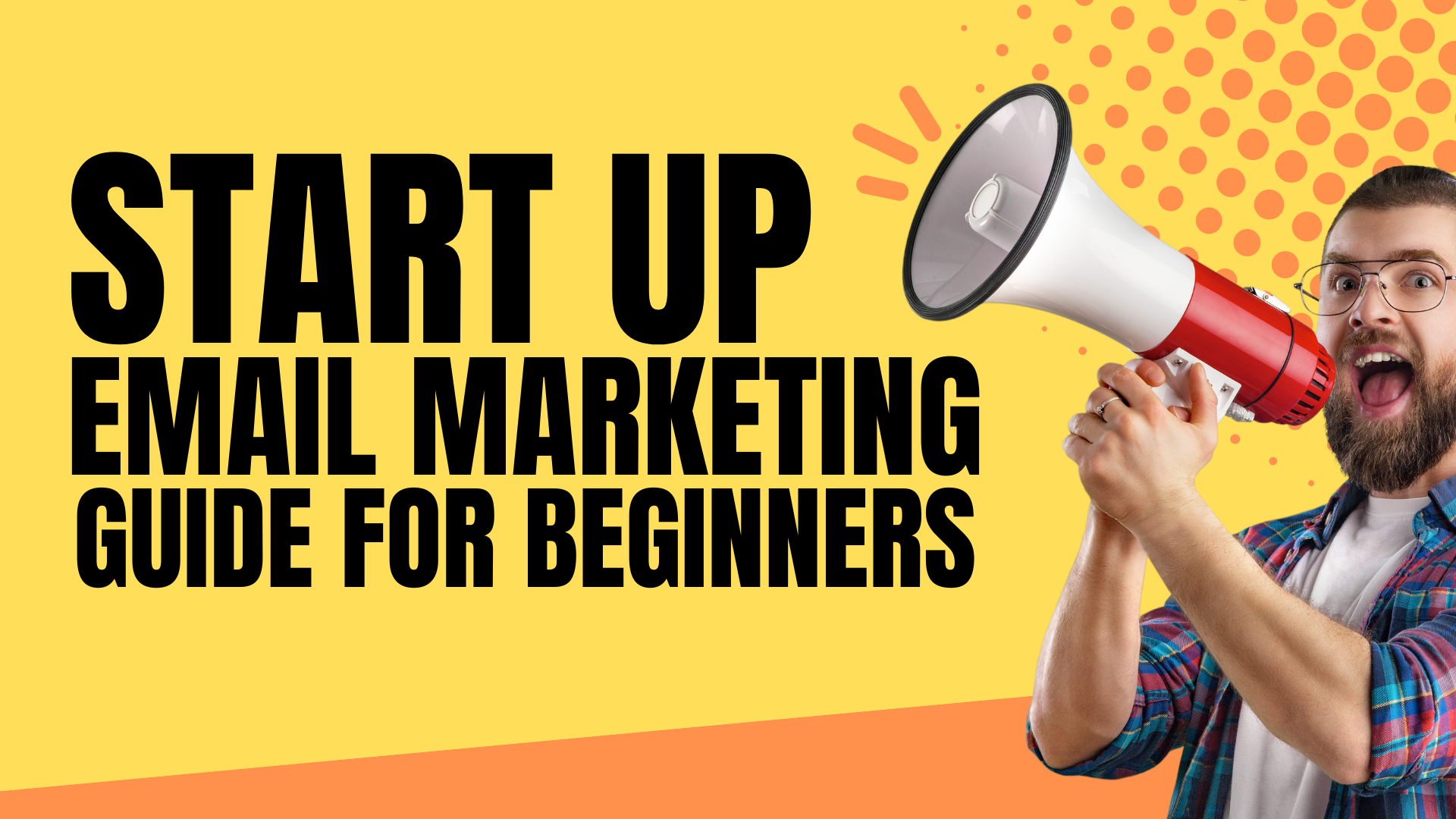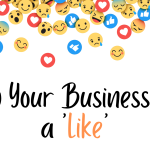Email marketing is a top digital marketing technique for business growth and audience engagement. It offers unrivaled reach at low cost with over 4 billion daily email users.
An efficient email marketing approach is covered in this tutorial. Building your subscriber list, email design best practices, creative copywriting, automation tools, analytics, deliverability difficulties, and more will be covered. Follow this thorough guide to email marketing to maximize its potential, whether you’re new or trying to improve.
Email marketing boosts business and client loyalty when done effectively. You can attain industry-leading email KPIs like high open, click through, and conversion rates with the correct methods and optimization. Let’s start planning how email can power your business’s growth.
Making an email marketing plan
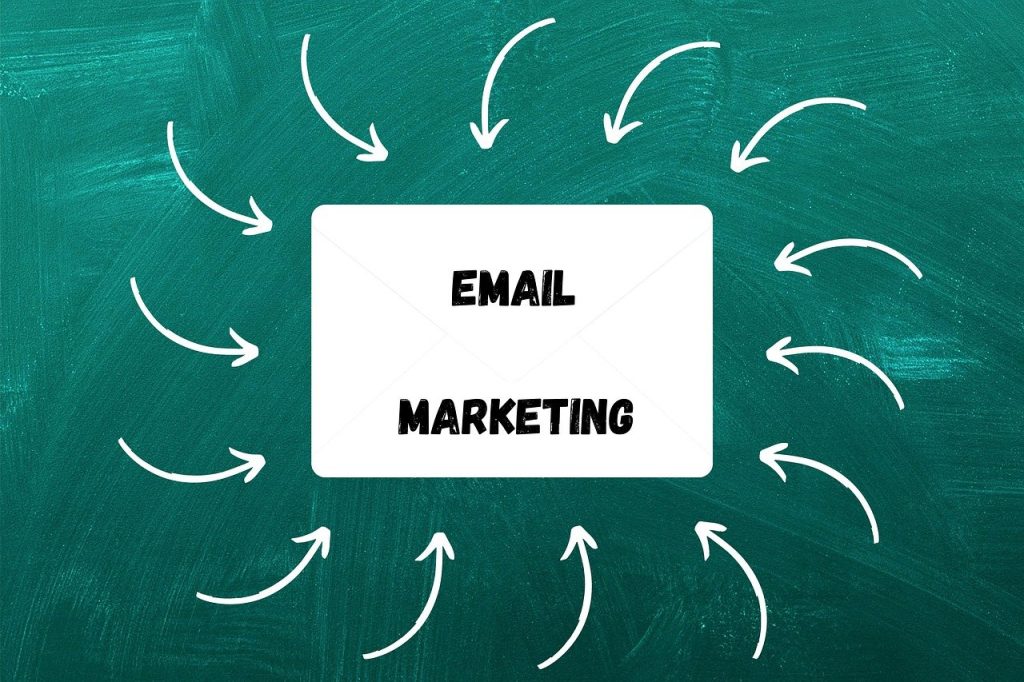
Your email marketing strategy should support your business goals. Key steps to creating an efficient email marketing plan:
Choose Your Goals:
What are your email marketing goals? Common email marketing goals:
- Get more leads.
- Promote sales.
- Raise brand awareness.
- Increase client loyalty.
Set goals like growing email signups by 25% or click-through rates by 15%. This will guide your strategy and measure success.
Determine Your Audience
Be specific about your email audience. Ideal customers include:
- Age
- Location
- Gender
- Interests
- Buying habits
- Income
Knowing your audience will influence your emails and content. You’ll create more engaging communications.
Plan Content and Campaigns
Plan campaigns and content after setting goals and audience. Your plan may include:
- Subscriber welcome series.
- Seasonal and product launch promotions.
- Educational content about industry developments and best practices.
- Special deals and bonuses.
Plan campaign timing using your annual calendar. This ensures your subscribers receive relevant stuff regularly.
Build your email list
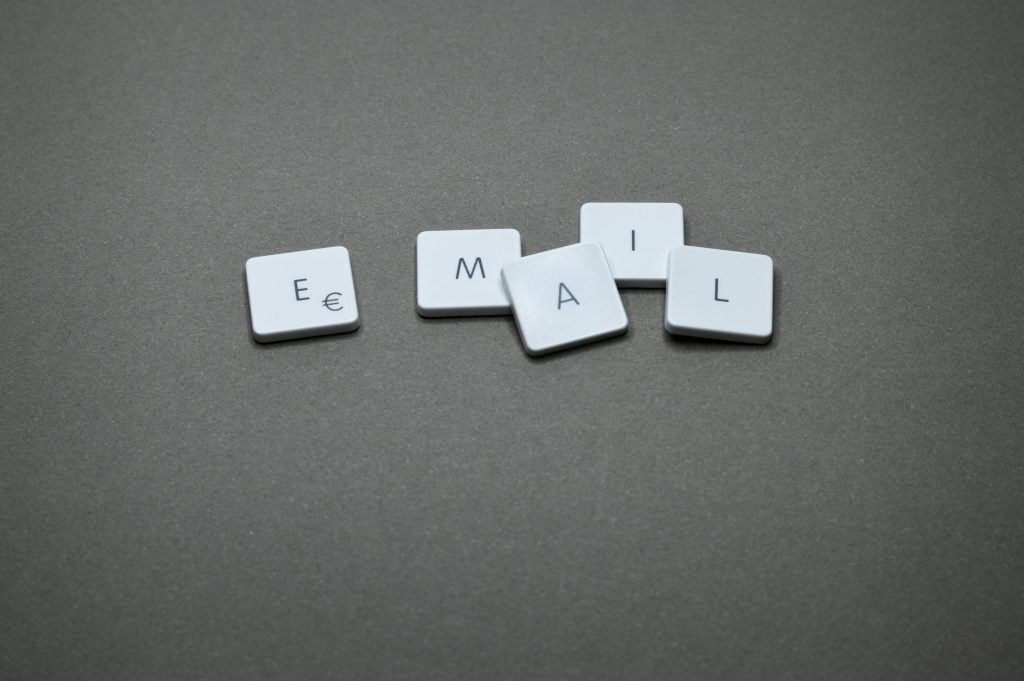
Building a good email subscriber list is crucial to email marketing. The broader your list, the more people your campaigns can reach. Top ways to expand your email list:
Offer lead magnets:
Provide valuable booklets, whitepapers, templates, and cheat sheets for free. Give visitors it for their email address. Content should be strongly tied to your products or services. For instance, a marketing agency could provide 10 small business marketing ideas.
Hold contests and sweepstakes:
Contests are a proven technique to expand your email list quickly. Give away an attractive business reward and ask for email entries. Calls-to-action and landing pages should stress prize value to attract more entrants.
Content restricted:
You can gate premium content like courses, videos, and webinars with an email signup form. Visitors exchange their email address for content. Educational content and software providers benefit from this.
Email signups on your site:
Position email registration forms and popups around your website. Place one at the top of your blog, in website sidebars, before premium content, or when visitors download something. Visitors can easily join your list while browsing your site.
Utilize social media:
Share your email list-building competitions and offers on Facebook, Twitter, and LinkedIn. Social visitors can quickly opt-in with direct landing page links. Add social sharing buttons to key landing pages to increase reach.
Display exit intent popups:
Your website’s exit popups appear. They provide tempting coupons or free tools in return for email addresses. Exit intent popups can retain site visitors.
Follow permission-based email marketing best practices when creating your list. Add just opt-in email subscribers and make unsubscribing easy. This ensures your emails reach interested subscribers.
Top Email Design Techniques
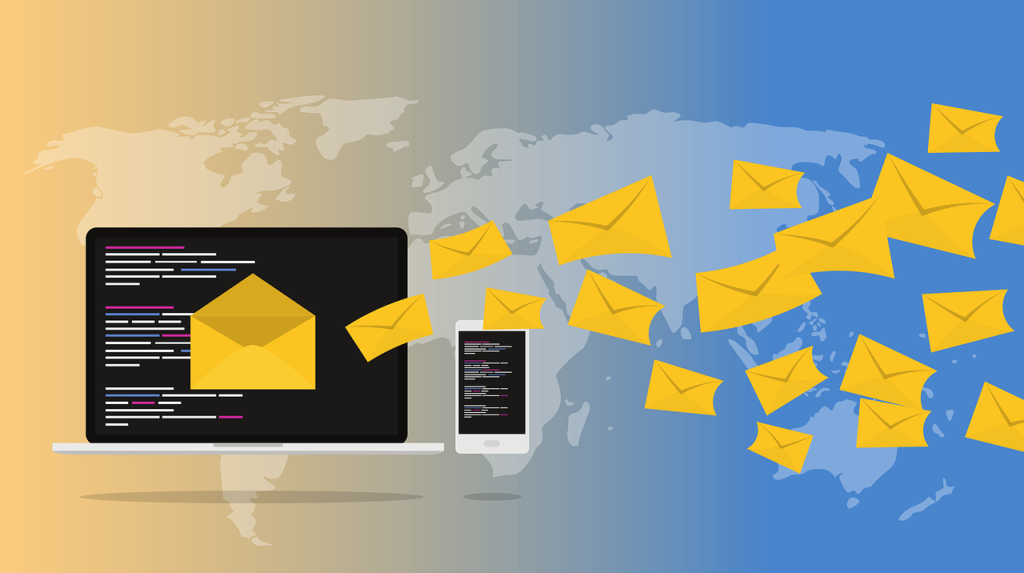
Open, clickthrough, and conversion rates from email marketing depend on email design. Design emails using these best practices:
Plan and structure:
- Clean, uncomplicated layouts are easy to scan. Stay tidy.
- Use headers, bullets, graphics, buttons, etc. to break up long content.
- Mobile-optimize your email with a single column.
- Utilize white space to improve readability.
- Display dates, discounts, etc. at the top.
- Include a clear call-to-action button above the first two email folds.
Content:
- Write a captivating, benefit-focused subject line to boost opens.
- Preheaders should be brief, descriptive, and appealing.
- Highlight how your offer benefits subscribers in the headline and body.
- Write naturally and avoid exclamation points and caps.
- Images and videos help convey your message.
- Use 1-2 brief sentences each paragraph.
- Bullet points and numbered lists simplify scanning.
CTA Buttons:
- Make buttons stand out using contrasting hues.
- Say “Shop Now” or “Sign Up” on buttons.
- Touchable CTA buttons are essential for mobile.
- Position CTAs above the first and second email folds.
- Limit CTAs to 1-2 to avoid overwhelming receivers.
Personalization:
- Use initial names or other data to personalize topic lines and content.
- Segment your lists for group-specific content.
- Recall past purchases and habits to add relevance.
- Customize content for their channels and frequency.
Mobile optimisation:
- Use a stacked, single-column layout.
- Make typefaces, buttons, and links tappable.
- Preview templates on many mobile devices before submitting.
- Optimize text width to avoid horizontal scrolling.
- Resize photos for smaller screens.
- Link CTAs to mobile-friendly landing pages.
Email design, engagement, and conversions will improve greatly with these best practices. Always give subscribers useful, user-friendly content.
Also Read Our Article On “Unleash the Social Media Magic: Grow Your Business with a ‘Like’“
Effective Email Copywriting
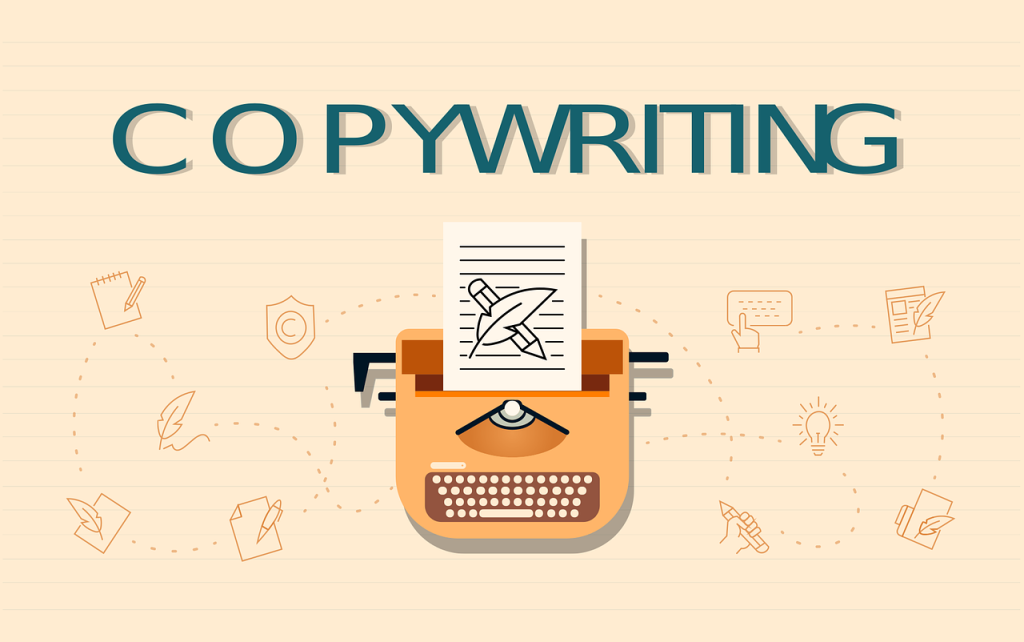
Email copywriting is essential for email marketing. Your copy must persuade subscribers to open and act on your emails. Tips for developing good email copy:
Structure Your Content:
- Keep emails coherent by focusing on one topic. Don’t overwhelm them with disjointed concepts.
- Use subheadings, bullet points, and graphics to make long passages scannable. More people scan emails than read them.
- Use the inverted pyramid structure to place the most important information or call to action first.
- Make it apparent how to get readers to click a link or buy.
Creating Subject Lines:
- Email subject lines are first impressions. Keep them simple, engaging, and content-related.
- Subject lines should be under 50 characters to avoid mobile cutoff.
- When feasible, personalize with the recipient’s name. Personalized, segmented subject lines open more.
- Ask questions, emphasize benefits, employ urgency, and use FOMO to increase openings.
- Include key terms to avoid spam filters and enter the inbox.
Test Your Copy:
- A/B test headlines, content, calls to action, and layouts.
- Monitor open, click-through, conversion, and unsubscribe rates.
- Test results should inform copy revisions to improve performance.
- See what works for diverse audiences by testing across segments and groupings.
- Litmus lets you preview your email on numerous clients and devices.
Effective copy is key to email success. Create scannable material, develop engaging subject lines that add value, and test and optimize depending on data. Your subscribers will be engaged and act.
Automating Email
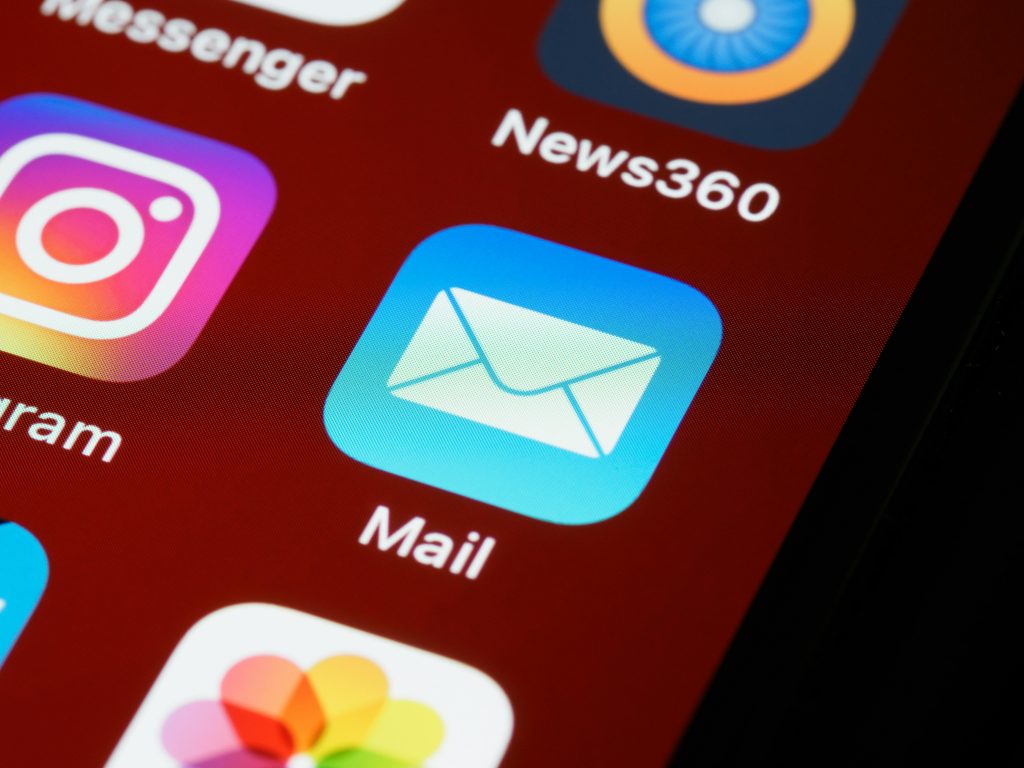
Email automation lets you send triggered emails when subscribers do or don’t do something. A welcome email can be issued instantly when someone subscribes to your list. You can automate a follow-up email for folks who haven’t opened your latest broadcast.
These are typical automation components:
Setting Up Workflows:
Workflows send automated emails in a set order based on triggers. For instance, you may send new subscribers a welcome email, a “day 3” informational email, and a “day 7” feedback email. Automation would be used for this multi-step procedure.
Triggers:
Automatic emails are triggered by actions or inactions. Common email automation triggers:
- New subscribers
- First purchase
- Shopping cart abandoned
- Email opened/unopened
- Clicked/not clicked link
- Inactivity throughout time
Automation Benefits:
Email automations have various advantages:
- Saves time – Automations run automatically without manual intervention.
- Automations boost engagement by encouraging email opens and sales.
- Personalized messaging- Workflows can adjust material to subscriber behavior.
- Automation guides subscribers through lineages or sales funnels.
- Follow-up emails remind subscribers when needed.
Email automation automates time-consuming follow-up procedures and gives users a more personalized, focused experience. Setting up workflows and triggers that fit company goals is crucial.
To know more about AIs that help in email marketing and automation visit aiforeveryone.
Segment and Customize:
Email marketing lets you segment your list and offer personalized communications to individual users. The same blast email to your entire list is much less effective.
Grouping Subscribers:
- Segmenting by demographics: Classify subscribers by geography, age, gender, occupation, etc. Send demographic-specific content.
- Behavioral segmentation: Organize subscribers by onsite behavior, email opens/clicks, prior purchases, etc. Subscriber behaviors trigger emails.
- Preferences: Let subscribers choose their interests to segment by preference. Send requested content.
- Combination: Combining demographics, behavior, and preferences creates highly targeted groupings.
Customizing Content:
Customize per subscriber segment:
- Customize subject lines for each group.
- Send appropriate material to each section based on demographics, interests, and historical behavior.
- Based on subscriber preferences and prior responses, change offers and CTAs.
- Messages: Tailor messages to each group.
Benefits of personalization:
Personalized email marketing has numerous advantages:
- Relevant content increases open and click-through rates.
- Customized offers and CTAs for subscriber interests boost conversions.
- Subscriber satisfaction increased with relevant material and offers.
- 1:1 messaging builds subscriber loyalty over time.
- Better subscriber preferences and behaviors from segmented email marketing.
- Overall better email marketing than generic blasts.
Segmentation and personalization elevate email strategies. Treat subscribers like people, not contacts, and get results.
Analytics, optimization:

Email marketing strategies generate loads of data for optimization. Track these key metrics:
- Open rate: The number of subscribers who opened your emails. This measures email interest. Good open rates are above 20%.
- CTR: The percentage of email recipients that clicked at least one link. Higher CTR means more relevant information. Increase CTR above 2%.
- Bounce rate: the percentage of email opens that abandon your website without acting. Low bounce rates are excellent.
- Conversion rate: The percentage of email opens that lead to a purchase or signup. Track conversions for business goals.
- Unsubscribe Rate: The percentage of subscribers who unsubscribe. High unsubscribes may indicate irrelevant content. Try to keep it around 0.5%.
A/B testing is crucial for optimization. Subject line A/B testing can reveal which lines increase open rates. Try alternate email content, layouts, CTAs, timing, etc. Check the data to find which version works best.
Find your top emails using email analytics. Check open and click-through rates to see which email content your audience likes. You can use these insights to produce similar content.
Also watch your email send times. See which days/times increase open and click-through rates, then schedule your most critical emails. Continue data-driven refinement.
Best practices for delivery:

Successful email marketing requires deliverability. Unless your emails reach the inbox, your messaging and design will be squandered. For email delivery, follow these recommended practices:
Avoiding spam filters:
- ONLY use permission-based email lists. Avoid buying or guessing email addresses.
- Include an unsubscribe link and process opt-out requests swiftly.
- Avoid spam trigger words like “free,” “Claim now” and more in subject lines.
- Use a dedicated IP address and domain authentication to send emails.
- Keep your sender reputation good.
Authentication:
- Establish SPF, DKIM, and DMARC authentication.
- Ensure your IP and domain are reputable.
- Brand your domain and email “from name” consistently.
Managing unsubscribes:
- Put an easy unsubscribe link in the footer.
- Remove unsubscribers within 10 days of request.
- Avoid adding unsubscribed addresses again.
- Clean up hard bounces and dead email addresses periodically.
Good authentication, honoring unsubscribes, and minimizing spam triggers will assist your emails reach the mailbox. Track your sender score and engagement analytics to spot deliverability concerns early. Best practices will ensure your subscribers receive and open your essential email content.
Conclusion
Email marketing can connect customers and boost business if done effectively. Our guide addressed various efficient email marketing tactics.
Create a business-aligned plan with data on your target audience, email series, automated flows, and performance indicators. Offer a lead magnet for email signups to ethically grow your list.
Create engaging, visually beautiful emails for all devices. Write engaging subscriber-value-focused subject lines and body text. Use segmentation and personalization to tailor messages. Automate welcome series and cart abandonment emails to nurture contacts.
Track email opens and clicks to improve performance. Allow-based sending, authentication, and list hygiene are deliverability best practices.
Email marketing is time-consuming yet rewarding. This article will help you get subscribers, convert, and delight email customers.

